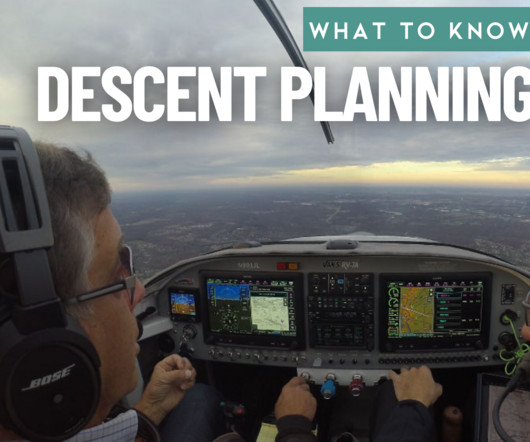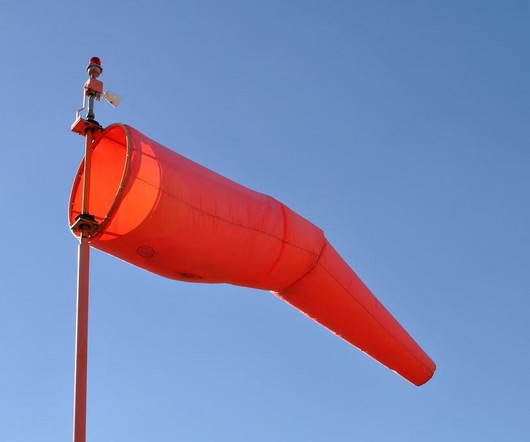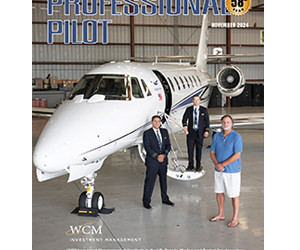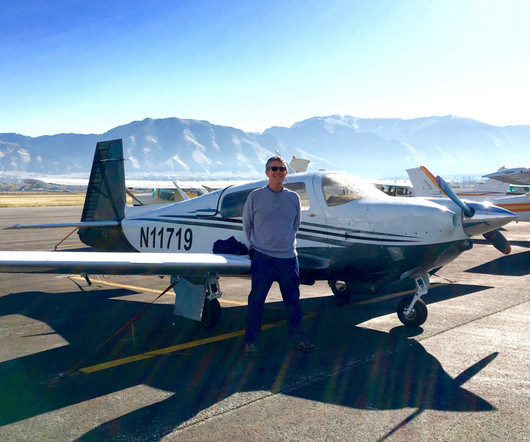Sporty’s Most Frequently Missed Test Questions—March 2025
Flight Training Central
APRIL 11, 2025
True course and groundspeed. Groundspeed and true heading. Low-level turbulence can occur and icing can become hazardous in which type of fog? Moderate or severe turbulence. True heading and airspeed. position of the CG. speed of the airplane. Embedded thunderstorms are those obscured by massive cloud layers.



















Let's personalize your content